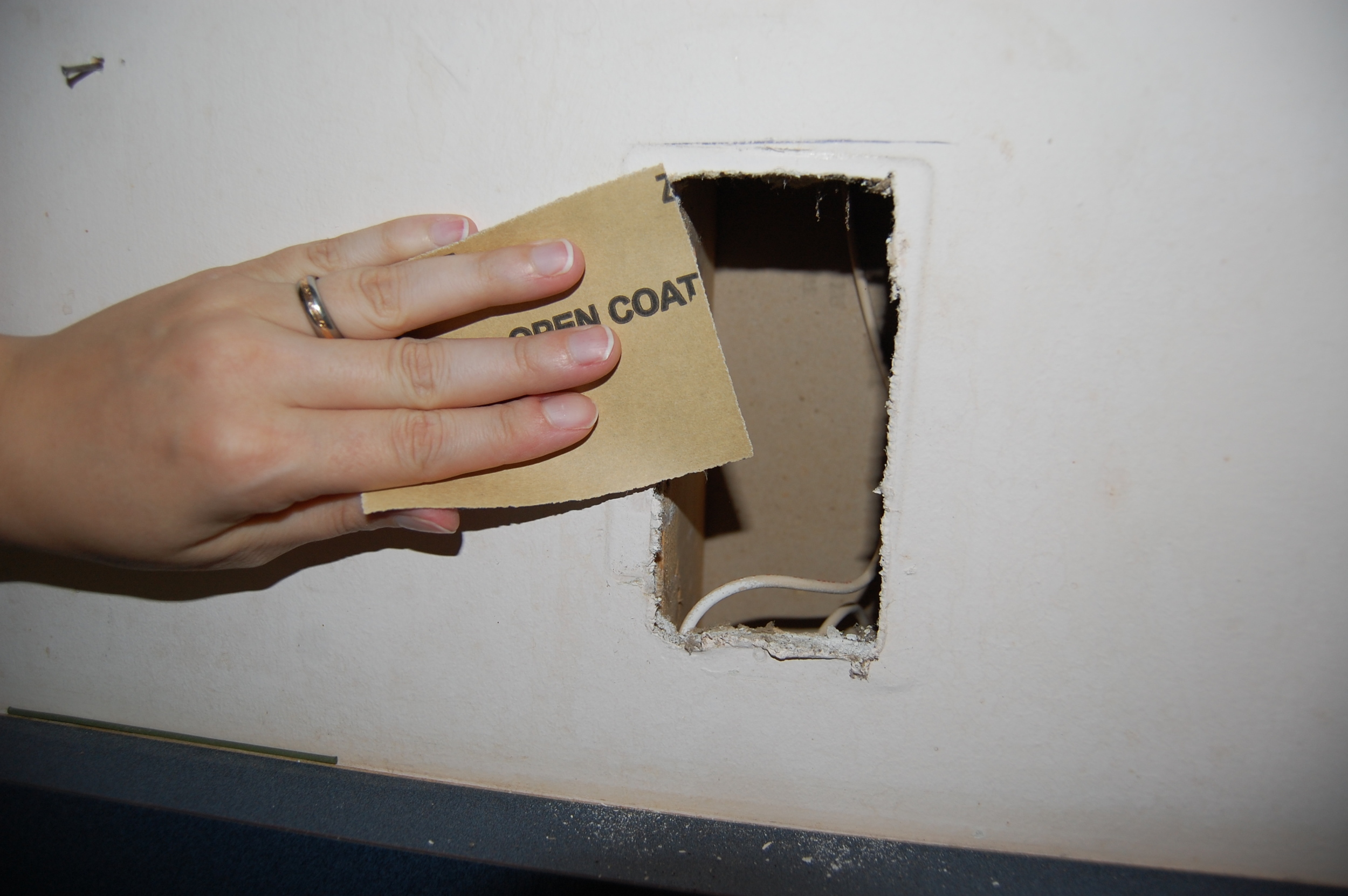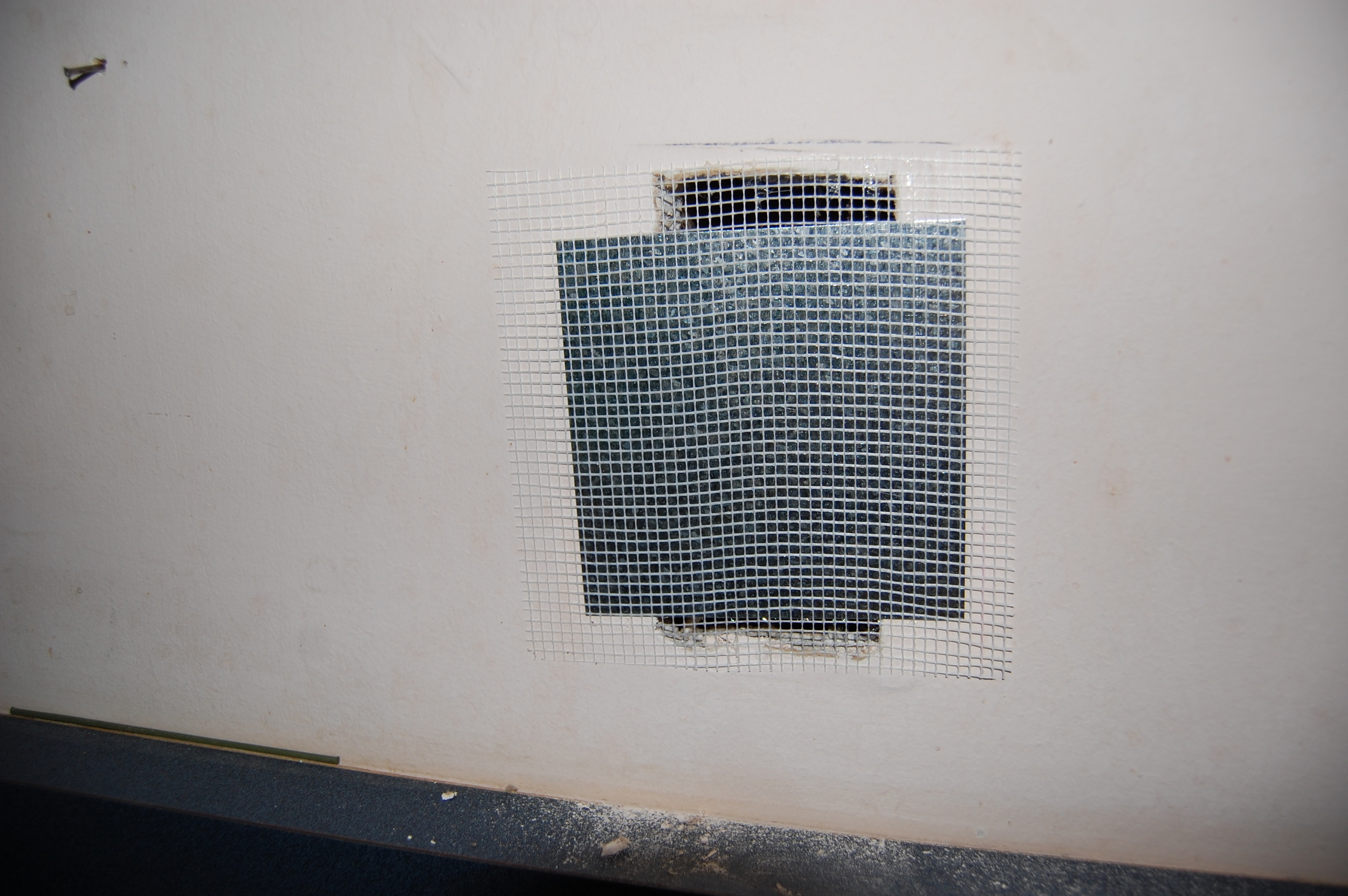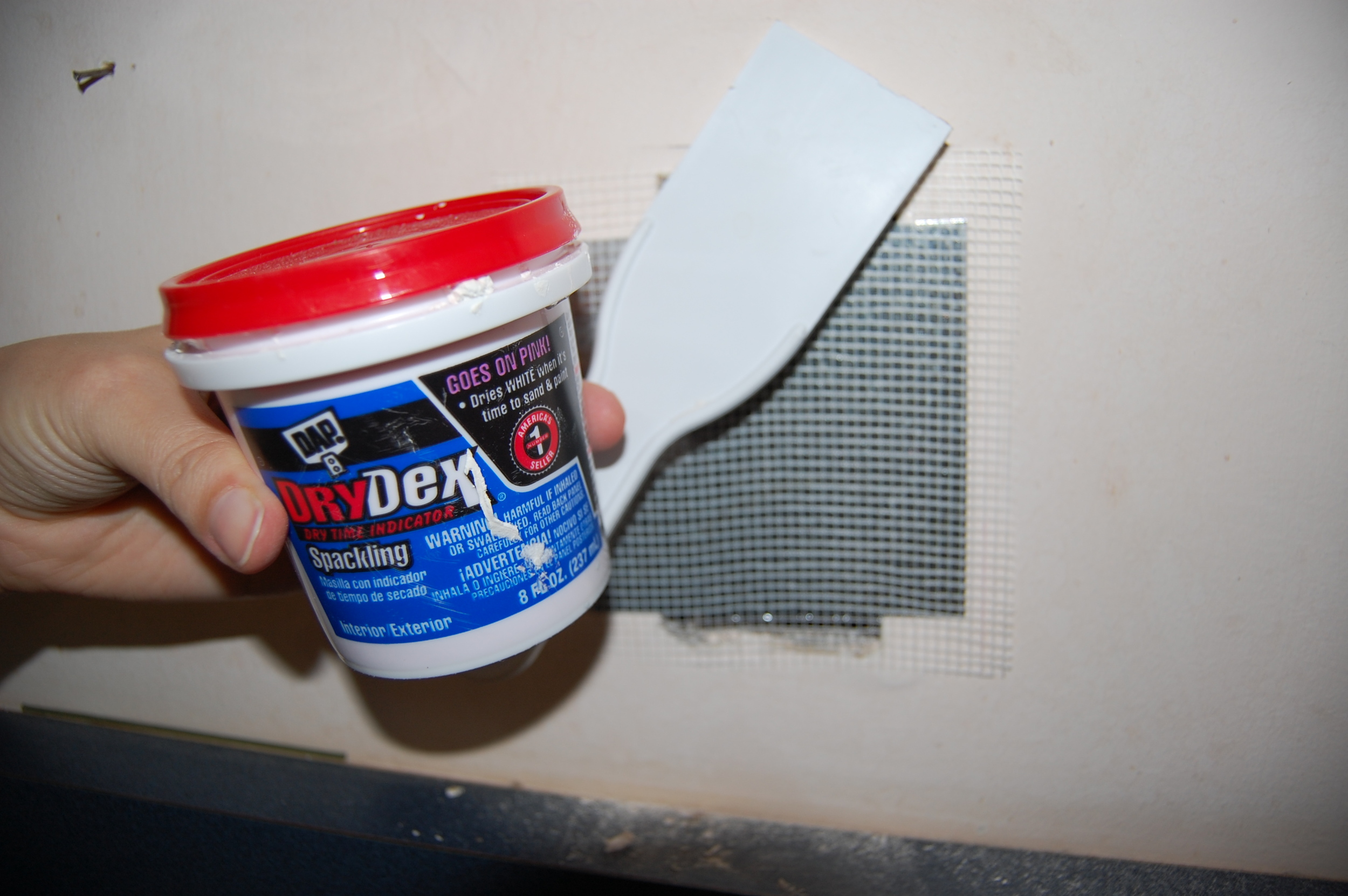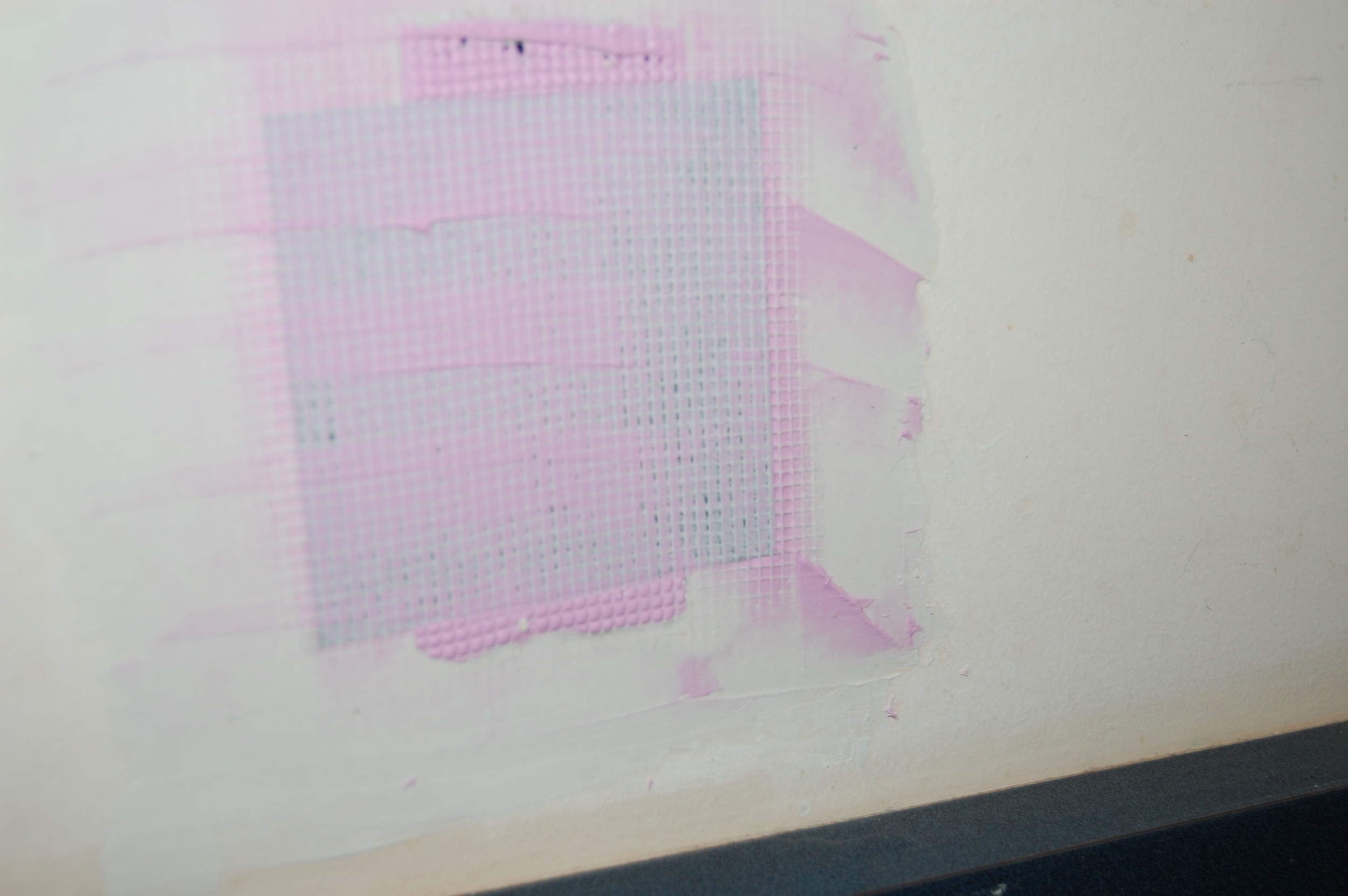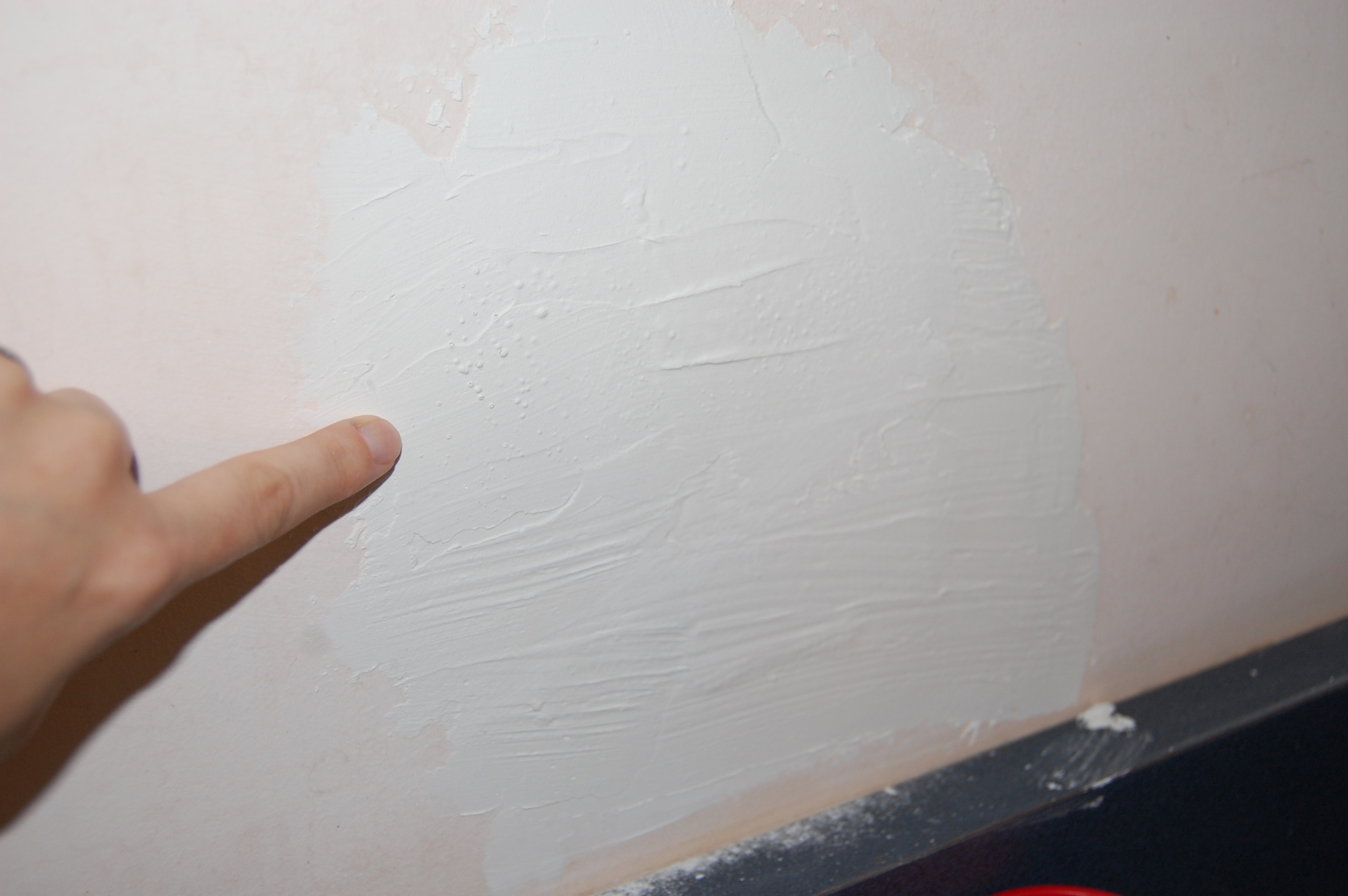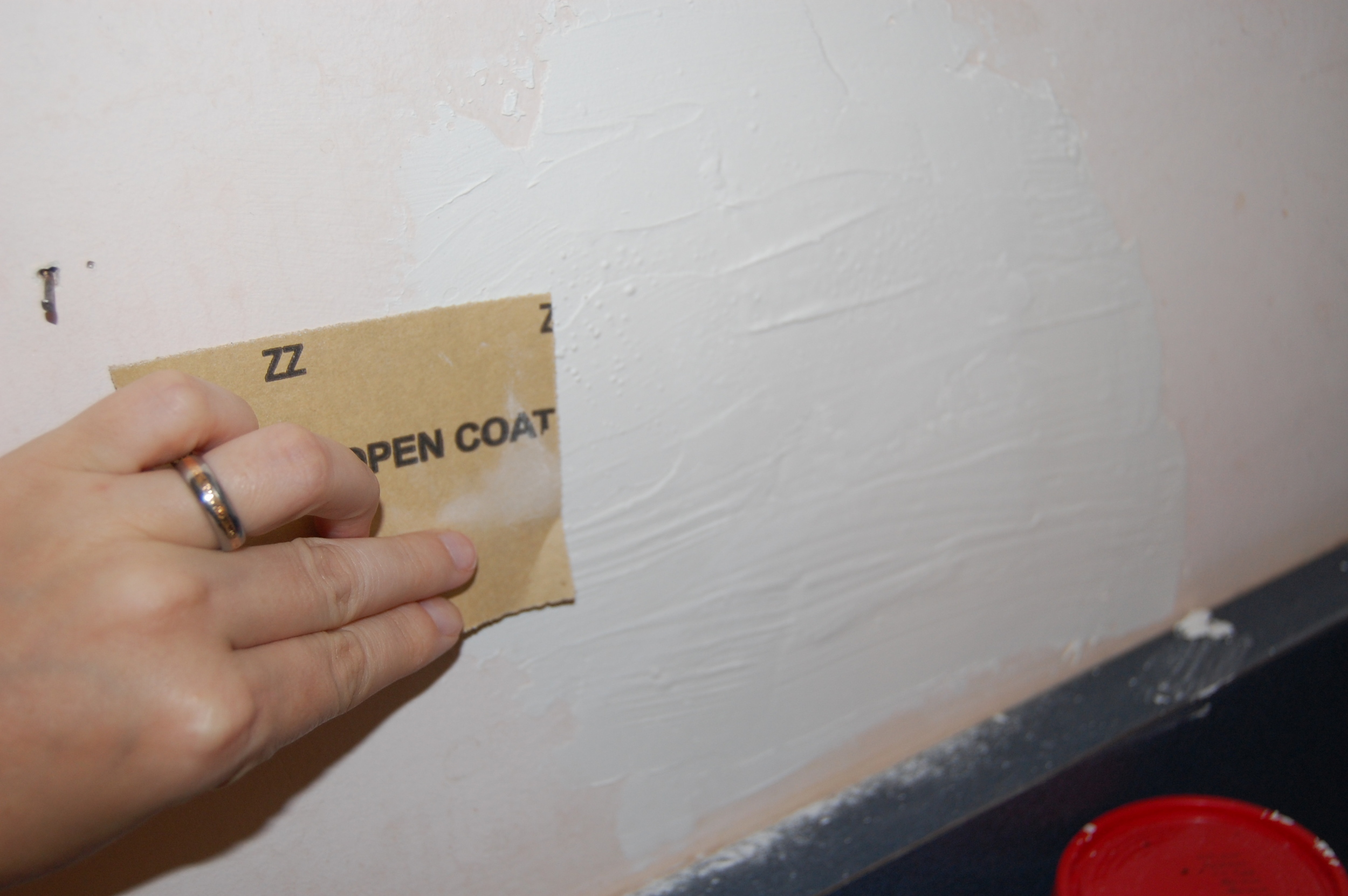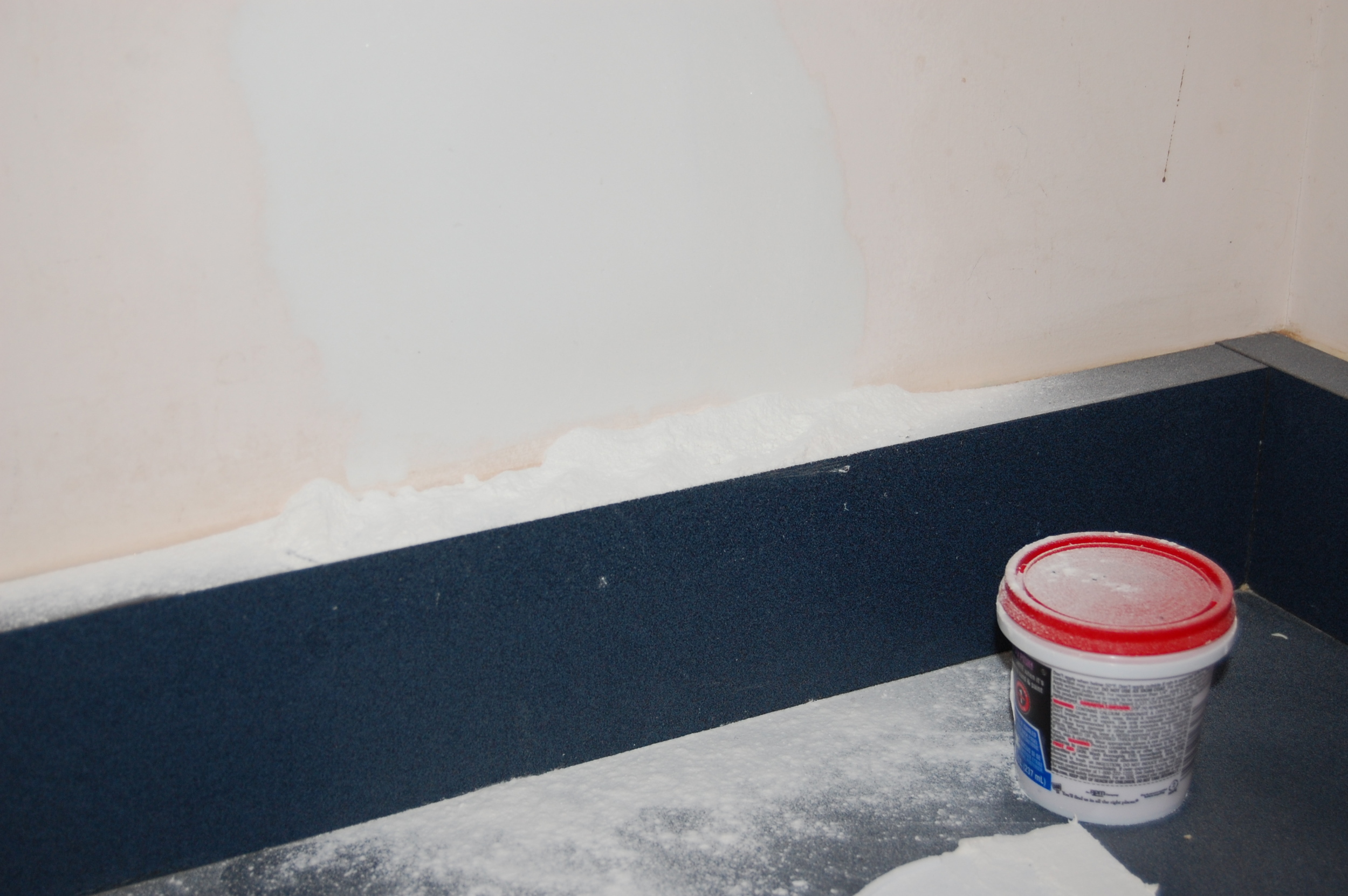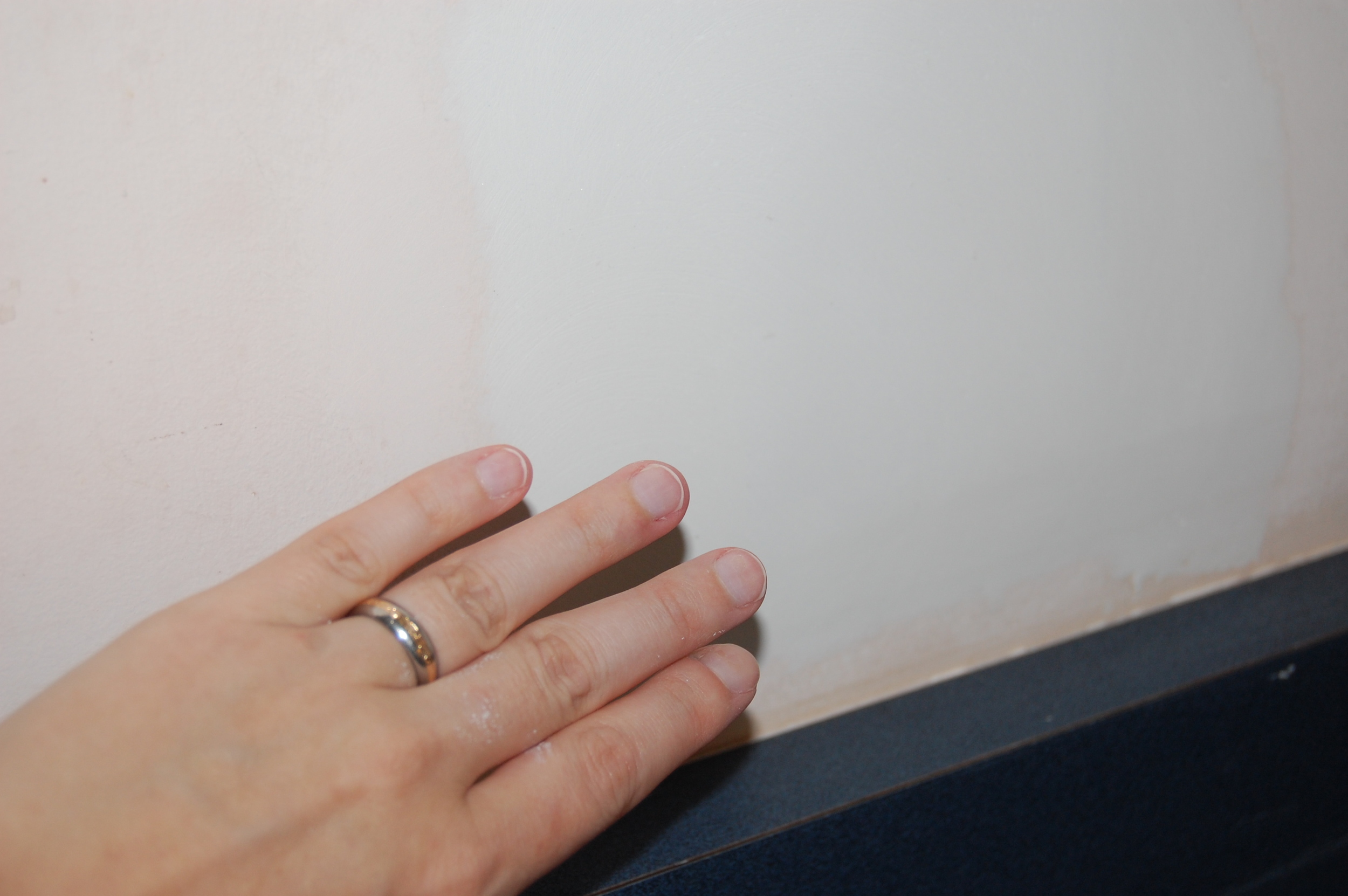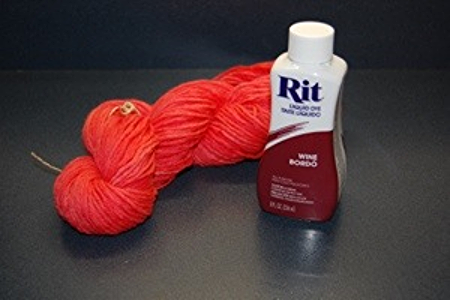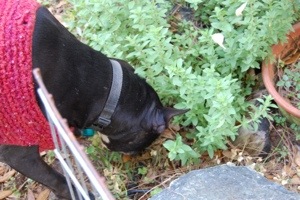Steph C, the owner and designer at Cake Patterns has an innovative approach to sizing that makes her patterns easily adaptable to a wide variety of body shapes and sizes. Unlike most patterns in which your size is determined by only one body measurement (usually the bust), Cake patterns allow you to mix and match your pattern pieces based on several body measurements. In addition, the suggested fabric is usually a knit, which also make fit a bit more forgiving.
I decided that in this, my first foray into using Cake Patterns, that I would follow the pattern instructions blindly, trusting in Steph C’s fitting and drafting ability, and see what came out. After completing the pattern, I am glad I didn’t try to go my own way. Cake patterns are NOT like any other patterns, and while I am a fairly experienced seamstress, I would have been lost if had had not followed the pattern exactly as written.
I ordered the PDF version of Pavlova from Cake’s etsy shop. I printed the pattern, put it together, started to cut out my size, and only then realized that my size wasn’t present. Warning: Unlike the paper version of the pattern which contains all sizes, the PDF pattern does not contain all sizes. This mistake was entirely my fault. It clearly says in the etsy ad which sizes you are buying, but I looked only at the picture, and bought the wrong size. So then I bought the correct size, printed it, put it together, and cut out my correct size.
After putting together both PDF versions of Pavlova, I feel qualified to comment on the quality of the PDF version of the pattern. I have used many PDF patterns, and while most are perfectly useable, few seem to have had any thought given to the orientation of the pattern pieces on the paper they are printed on. As a result, PDF patterns often have empty pages, or nearly empty pages or multiple pattern pieces converging on the same piece of paper. In contrast, there was obviously intentional placement of the Pavlova pattern pieces on the printed pages. There were no empty pages printed. The pattern pieces intersected as few pieces of paper as possible. Multiple pattern pieces intersected the same piece of paper only when necessary. All of these thoughtful touches made putting together the printed pages of this PDF pattern easy compared to most of the PDF patterns I have used before. The pattern pieces could be put together in chunks which fit on my dining room table. I did not have to clear the entire floor of a room to tape together ~40 pieces of paper at once. I highly recommend the PDF version of this pattern (just make sure you buy the correct size)!
The pattern itself is brilliant and weird. I have never see a pattern that looks anything like this pattern. I wasn’t even initially sure if I was holding it right side up or upside down. There is no obvious neck line. There is nothing on the pattern to indicate where the neck line is. The main pattern piece is the front, back, and sleeve of the blouse. Imagine cutting a blouse in half through the front and back of the blouse, then cutting cutting the side seam one of your blouse halves from the hem up to the armsyce then through the bottom of the sleeve. This leaves the sleeve attached to the body, and the shoulder seam intact. Now lay your blouse half out flat with the back hem at the top and the front hem at the bottom with your neckline forming a “C” in the middle. Now on the front half, on the side opposite your sleeve add a triangle shaped flap with the narrow part closest to the neck opening and the wide part closest to the hem. This is basically what the pattern looks like. Fire Beard described it as looking like “half a bear skin rug,” and frankly I think that is pretty accurate.
The directions and construction diagrams are very good, but made no sense on my initial read through. I decided to follow the instructions blindly without really understanding what I was doing, and the blouse came together perfectly. I was sure I was reading the instructions incorrectly in step 5 in which the neck facing is applied. The neck facing initially looks like it is being applied upside down. I followed the directions anyway, and realized that the neck facing edges are enclosed by the neck facing itself. The end result is like tucking the two short ends under and top stitching. This is easily the most difficult part of the pattern, but it really isn’t hard once you wrap your mind around it. The last step (step 12) really isn’t that well written. It basically says finish the rest of the edges. In this step you fold over the neck facing and the facing of the front wraps and ties and sew them all down at once by starting at the end of one tie, sewing up one side, around the neck, down the other side to the tip of the other tie. I would recommend pinning starting at the neck. You will have to double fold the edge under at the neck line so that the inside edge meets the outside edge and the inside is finished rather than raw. You can then use this amount as a guide for how much you need to fold the front facing under to finish the edge. The front facing narrows as it goes toward the end of the ties. The amount you fold under will go from about .5 inch at the neckline to nothing at the end of the ties. If you do not fold the edge under and instead just sew down the raw edge where it meets the body of the blouse you will end up with an unattractive jog at the neck facing.
Now that I have completed the Pavlova and wore it around a few days, there are a few things I will do differently next time I sew it. The pattern is made with the back slightly longer than the front, so that the back has a flap that would make it easy to tuck in. I would extend the length of the front so that it is at least as long as the back, and I may lengthen the body overall, because it is very short. It is also made so that the front ties simply overlap each other, making them compete for space. This is much easier than sewing an opening in one side that one tie can slip through, so I understand why the pattern was written this way, but I will opt for a side opening next time.
So the big questions:
Does the finished pattern look like the picture? Yes, the resemblance is remarkable.
Would you sew it again? Absolutely, but I would modify it slightly to better fit my body and lifestyle. I am actually already planning another.















